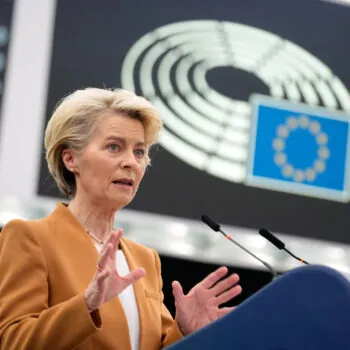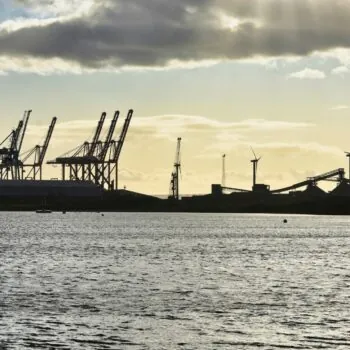Our key finding: Europe doesn’t need to invest in risky high-carbon projects to stimulate growth
Investing in strategic infrastructure to drive growth in Europe: this was one of the first announcements made by Jean-Claude Juncker as the new President of the European Commission. A fiscal stimulus of €315 billion would kick start a new European Fund for Strategic Investment, he explained, addressing underfunded European priorities like energy efficiency, broadband roll-out and modernising transport infrastructure.
National governments swiftly put forward a potential investment pipeline of over 2000 projects with a total value of €1,409 billion. E3G’s comprehensive analysis of the projects proposed for the investment pipeline shows that there is four times the demand for low-carbon and socially useful projects compared to high-carbon projects.
With a limited initial stimulus to leverage this kind of investment, our analysis lays the groundwork for where the fund should prioritise investment to provide citizens with value for money and forward-looking infrastructure. With MEPs and ministers discussing the investment plan this week, here are our key findings:
There is no growth rationale for new European fund to invest in high-carbon projects
There is major demand for investment in low-carbon projects in Europe, backed by a very strong project pipeline. National governments have identified opportunities for at least €624 billion of investment in renewable energy, energy efficiency, public transport and climate resilience. €222 billion of this low carbon investment pipeline can be delivered by 2017. This is double the value of the high-carbon projects that would be viable in the next two years.
When combined with socially-beneficial projects such as digital infrastructure, there is an identified investment pipeline of over €1 trillion in Europe. This undermines the need for the fund to invest in any high-carbon projects over either the short or the long term to drive growth.
High-carbon proposals expose EU to high risk of stranded assets
The high-carbon investment projects put forward by member states represent highly risky investments, as they face uncertain future demand and are inconsistent with the EU’s strategic objectives.
Three quarters of the high-carbon projects put forward would expand road and airport capacity -despite stagnating passenger demand and recent scandals over ‘white elephant’ airports wasting EU money.
Similarly, although European gas demand has dropped by 9% over the last decade and looks set to keep falling as we use energy more efficiently, member states have suggested €26 billion investment in gas and oil infrastructure. E3G analysis shows these projects carry a high risk of becoming stranded assets.
What’s more, investing in fossil infrastructure risks squeezing out security-critical interconnection and energy efficiency projects, and would lock in infrastructure at odds with Europe’s efforts to tackle climate change.
Shortage of energy efficiency and electricity grid projects leaves Europe’s energy security at risk
Energy efficiency and missing electrical grids were flagged as exactly the kind of strategic infrastructure investments needed when Juncker unveiled this investment plan. They deliver socio-economic returns, get Europe on track to decarbonise and ensure lower energy bills for all European citizens. European leaders have repeatedly paid lip service to these benefits, especially since the Ukraine crisis elevated energy security up the political agenda.
However, only 5% of the projects listed by Member States include energy efficiency measures, smart technology or demand side measures.
What’s particularly concerning is that countries in central and eastern Europe, with some of the highest dependency on Russian gas and least efficient building stock, have only put forward 7% of the investment across the EU in energy saving measures. Their preference for new gas infrastructure over energy efficiency puts all of Europe’s energy security at risk.
To deliver an Energy Union consistent with the EU’s strategic objectives, the new fund should turn EU leaders’ rhetoric on energy efficiency into concrete investments.
With preparations underway to get the fund fully operational by June, it’s time for Europe to make strategic choices with its investments. Building infrastructure consistent with a low-carbon future would maximise the public value of investment and increase security of supply by lowering dependence on imported fuels. Europeans will get best value for money if the EU avoids the risk of stranded assets and prioritises future-proof investments in energy efficiency, renewable energy and smart technology.



